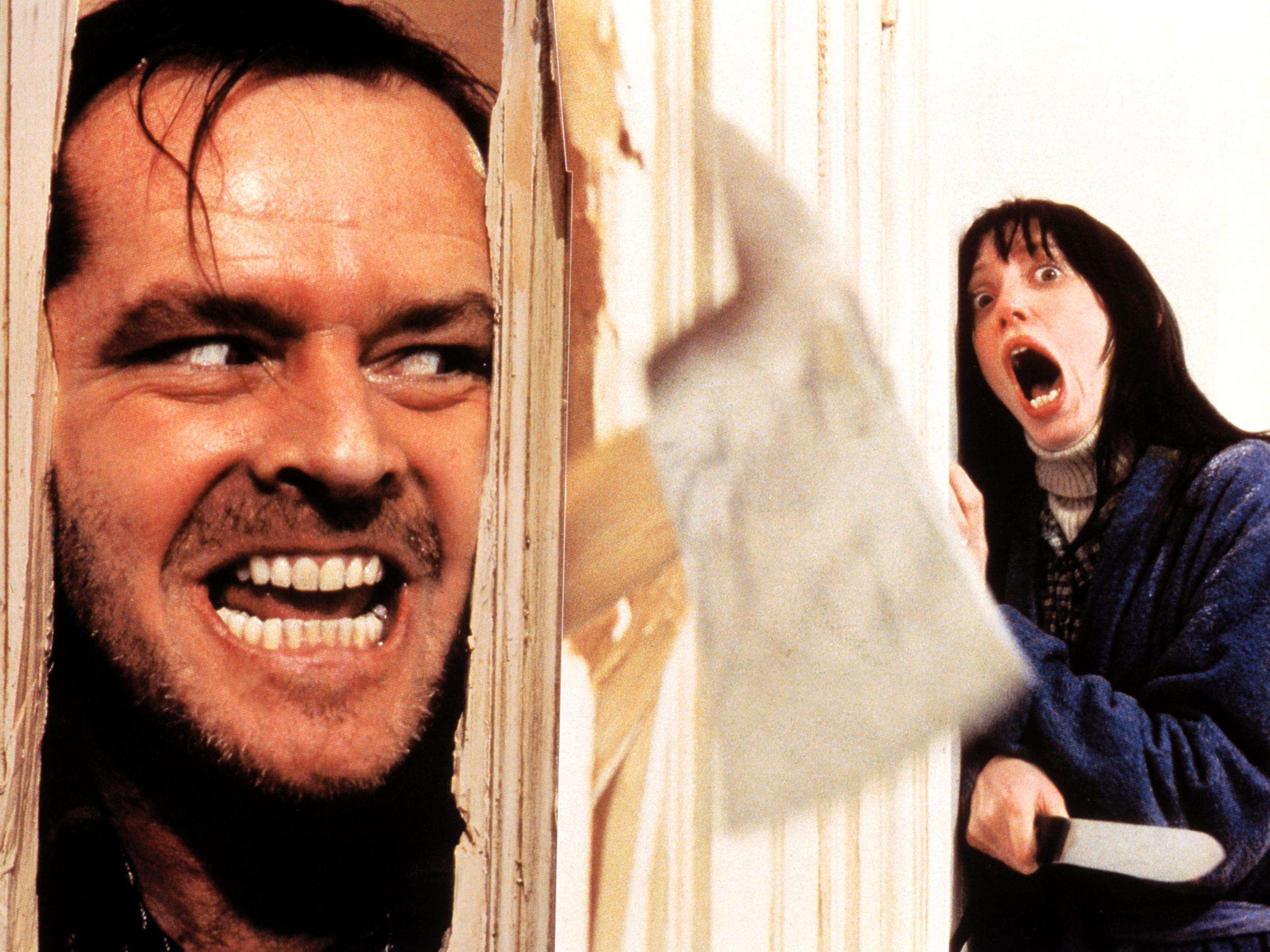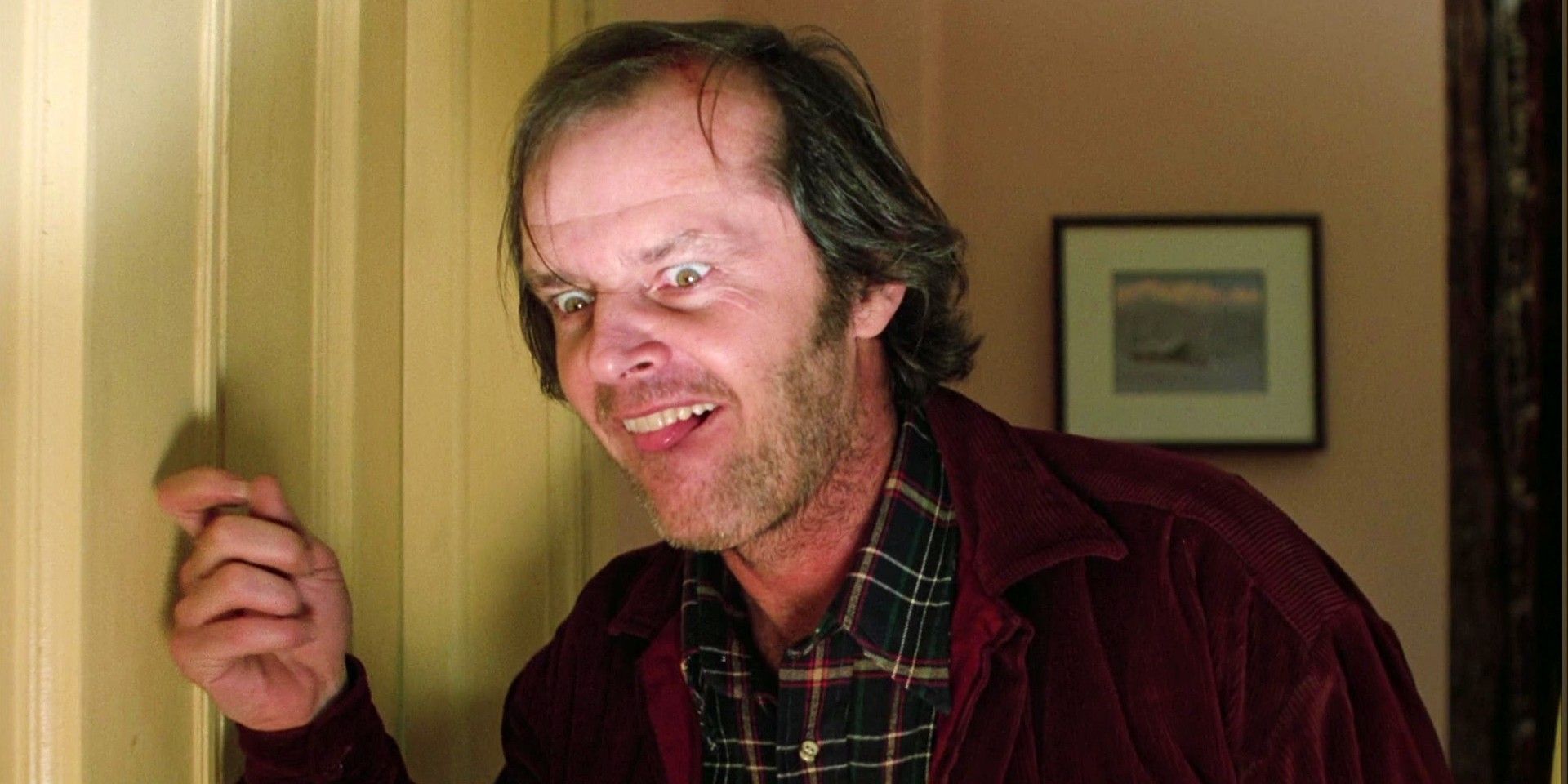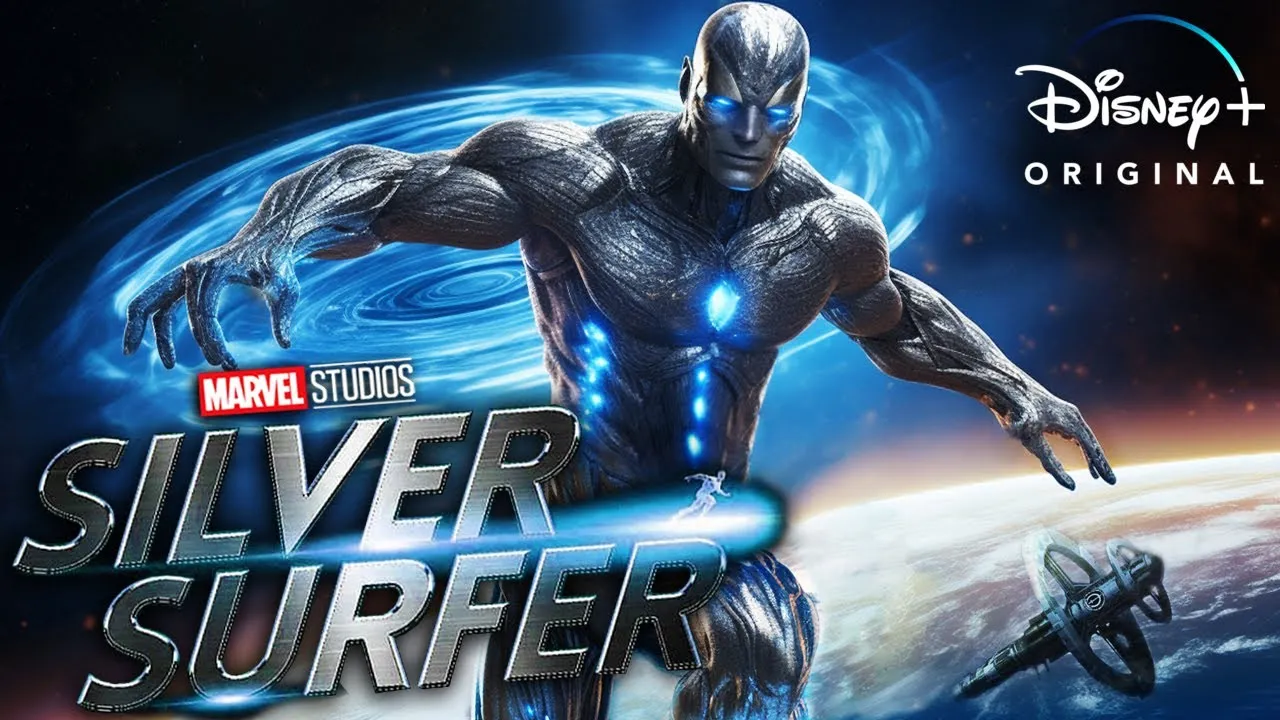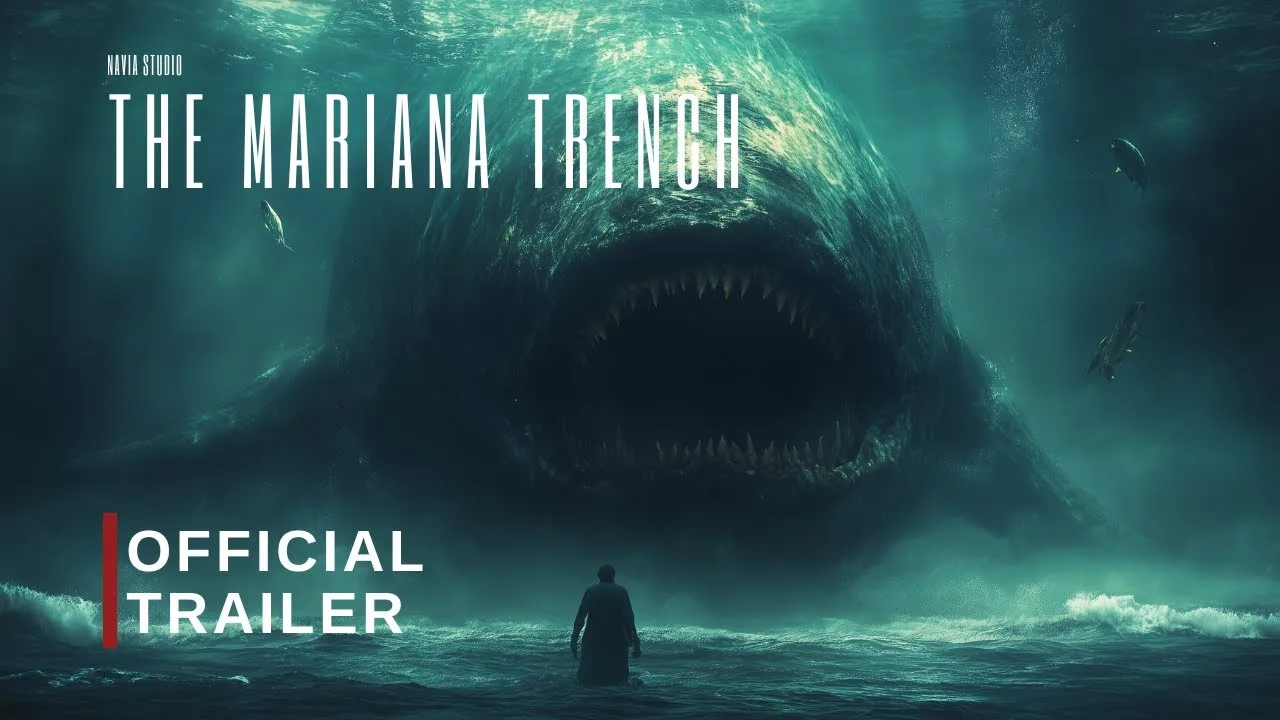Stanley Kubrick’s The Shining (1980) is more than just a horror movie — it's a psychological descent into madness, memory, and the sinister spaces between. Adapted loosely from Stephen King's 1977 novel, the film is one of the most discussed, dissected, and debated horror films of all time.
Unlike the typical genre entry, The Shining uses atmosphere and ambiguity over gore and jump scares. It trades in dread, not just danger. And over four decades later, it still lingers in the collective psyche like an unresolved nightmare.
The story follows Jack Torrance (Jack Nicholson), a writer and recovering alcoholic who takes a job as the off-season caretaker of the remote and snowbound Overlook Hotel in Colorado. He moves in with his wife Wendy (Shelley Duvall) and young son Danny (Danny Lloyd), hoping to use the solitude to cure his writer’s block.
But the Overlook is no ordinary hotel.
Danny possesses psychic abilities referred to as “the shining,” which allow him to glimpse past and future events — and the violent spirits trapped in the hotel’s walls. As winter traps the family in the Overlook, Danny’s visions grow more disturbing, and Jack slowly descends into madness, seemingly manipulated by the hotel's dark past.
By the final act, Jack has fully snapped — driven by supernatural influence or his own instability — and turns on his family with murderous intent. The film ends in a frozen maze, a child’s survival, and one of the most iconic final shots in cinema history: Jack's photograph on the wall of the hotel... dated 1921.
What makes The Shining unique is that it never tells you what's real. Kubrick blurs the line between psychological breakdown and supernatural possession. Are the ghosts real? Is Jack haunted by forces beyond his control? Or is he a violent man unraveling in isolation?
Key themes include:
-
Isolation: The snowed-in setting becomes a physical manifestation of emotional and psychological entrapment.
-
The cyclical nature of evil: The film implies that violence is repeated through time — hence Jack appearing in the 1921 photo.
-
The fragility of the mind: Jack's decline is slow, disorienting, and terrifying because it's never fully clear where the man ends and the madness begins.
-
Childhood trauma and perception: Danny's shining may be a supernatural gift — or a metaphor for how children perceive the unspoken horrors of their parents.
Jack Nicholson’s performance is among the most famous in horror history. From his twitchy mannerisms to the infamous “Here’s Johnny!” axe scene, Nicholson crafts a character that is both terrifying and oddly mesmerizing. He doesn’t just play crazy — he becomes unpredictability incarnate.
Shelley Duvall’s portrayal of Wendy is often underappreciated. Her raw fear, her vulnerability, and her unglamorous realism offer a terrifying window into domestic abuse and survival. Danny Lloyd’s performance as Danny is hauntingly subtle — his portrayal of possession (via “Tony,” his imaginary friend) remains one of the most disturbing child performances ever captured on screen.
Kubrick builds terror through precision. Every shot is symmetrical, every hallway endless. The hotel itself becomes a character — the way the camera glides down corridors gives the Overlook a soul, a memory, a presence.
The famous use of Steadicam tracking shots, especially as Danny rides his tricycle through the halls, injects an eerie calmness before dread explodes. The unsettling score — shrieking strings, low rumblings, silence — keeps audiences on edge without ever needing to rely on conventional jump scares.
Kubrick’s refusal to explain anything frustrates some viewers but makes the film linger long after it ends. The Overlook doesn’t just trap Jack — it traps us too.
Stephen King famously disliked Kubrick’s adaptation, calling it “cold” and arguing that it stripped Jack of his humanity. In the novel, Jack is more sympathetic — a man trying not to fail. Kubrick’s version offers little redemption; Jack feels dangerous from the beginning.
Where the book leans into the supernatural and offers closure, the film leans into ambiguity and disorientation. Both are masterpieces — but very different in tone and purpose.
The Shining wasn’t universally loved when it was first released. Critics were divided, and audiences found it confusing. But over time, it has become a cornerstone of horror and film analysis.
Its influence is massive:
-
Referenced in everything from The Simpsons to Ready Player One
-
Spawned sequels (Doctor Sleep) and documentaries (Room 237)
-
Studied in film schools for its editing, composition, and psychological construction
Today, it's hailed not just as one of the greatest horror films ever made — but as one of the greatest films, period.
What makes The Shining terrifying isn't just ghosts or bloody elevators. It's the idea that isolation, addiction, and repressed rage can turn any man into a monster. It’s the suggestion that evil isn’t always supernatural — sometimes, it wears a familiar face.
Over 40 years later, The Shining still terrifies — not with cheap tricks, but with the chilling echo of inevitability.









